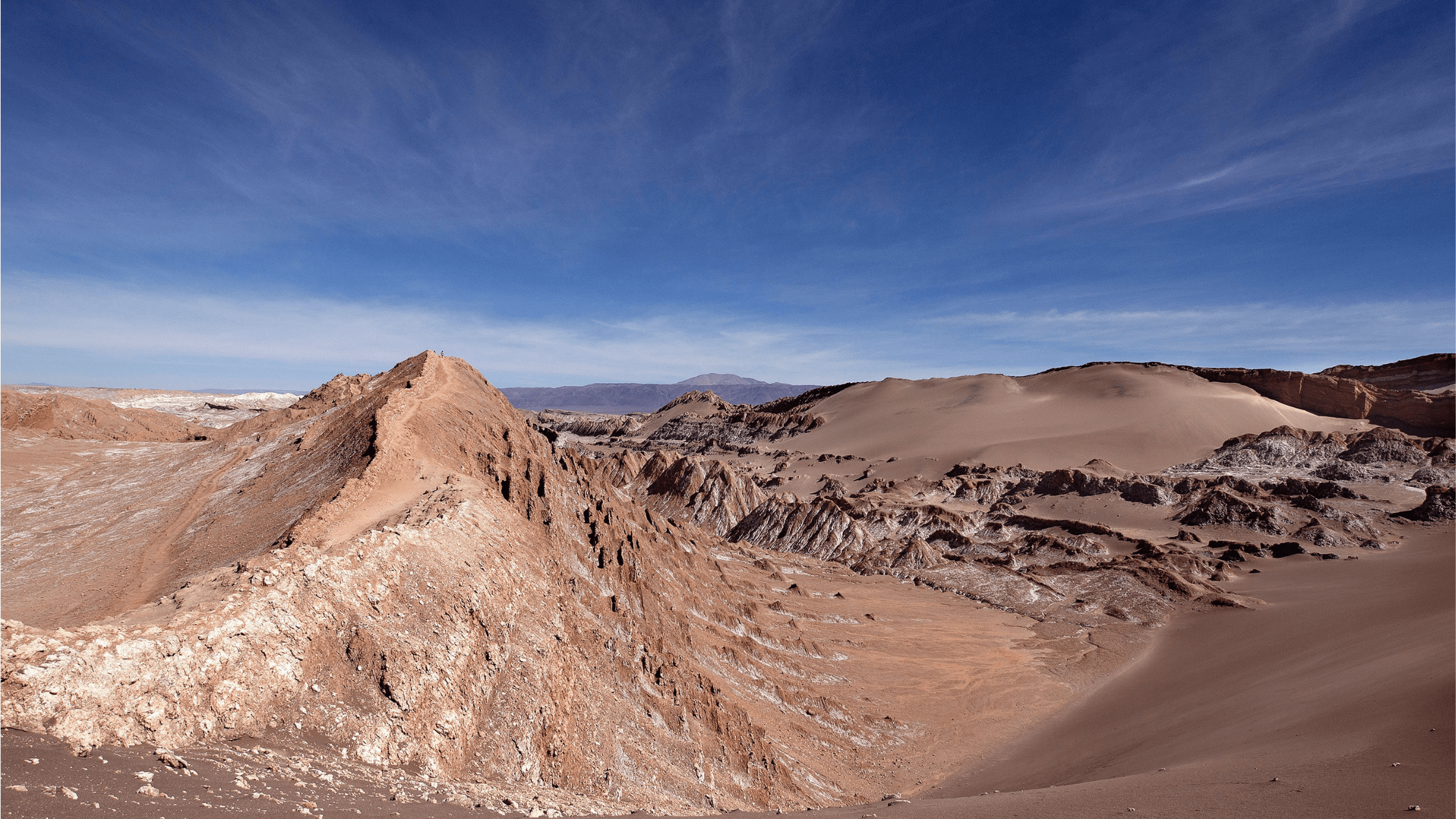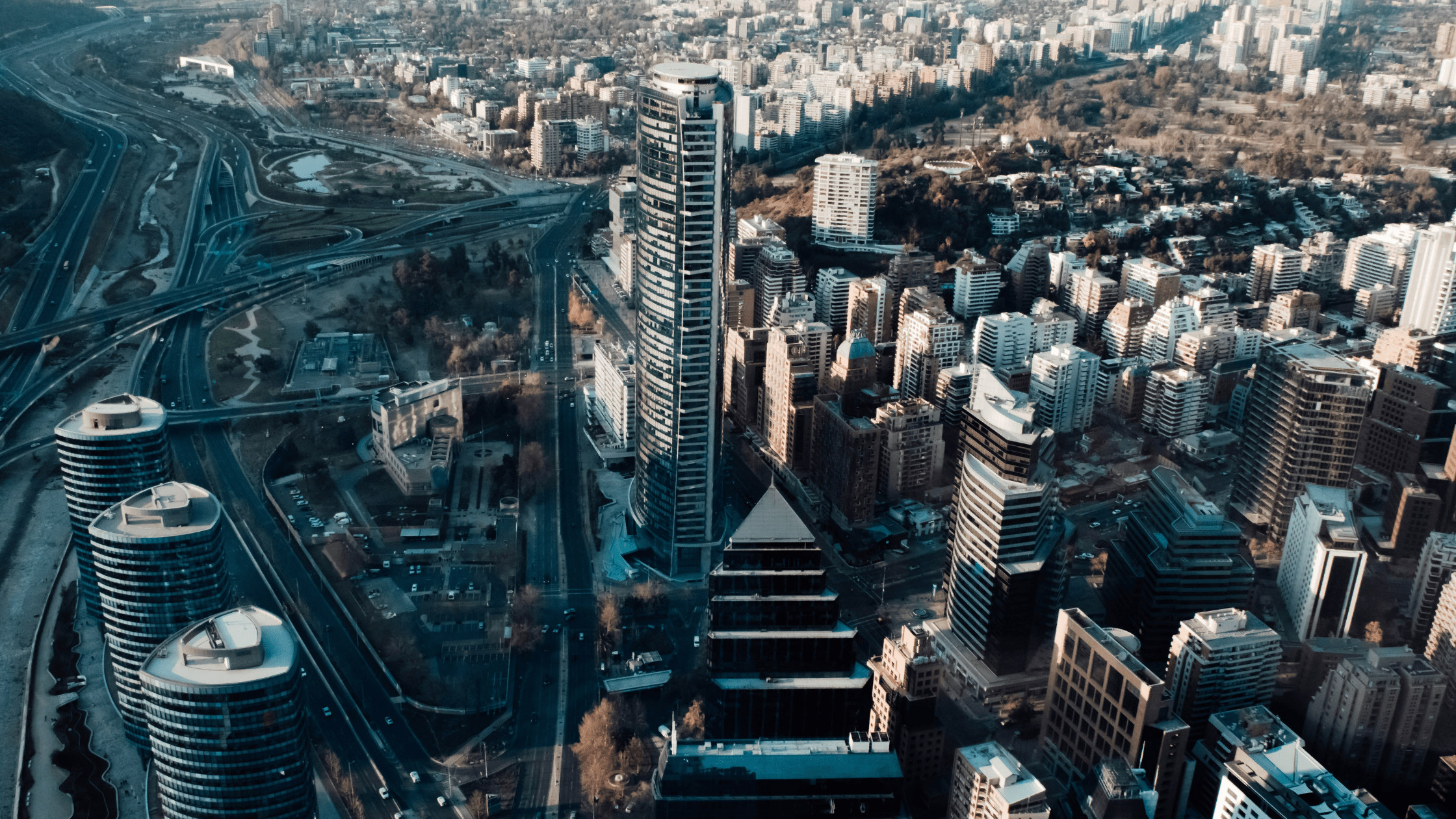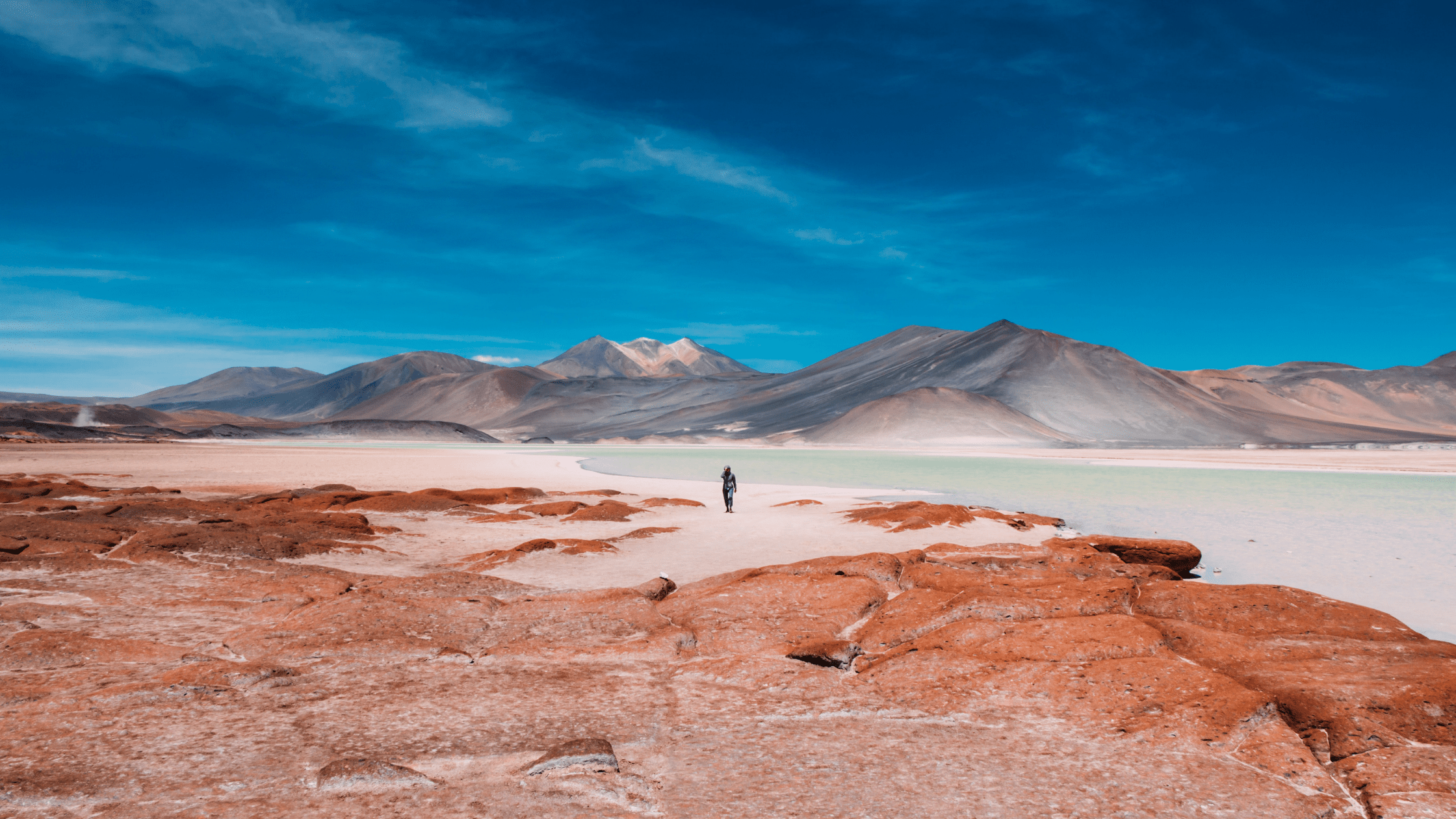General Information
| POPULATION | 18.95 million |
| LANGUAGE | Spanish |
| CAPITAL | Santiago |
| CURRENCY | Chilean Peso |
Fun Facts
- Chileans are the second biggest consumers of bread in the world
- The Atacama Desert is the driest desert in the world
- Chile has the largest earthquake ever recorded
- Chile’s largest native tribe the Mapuches
- Chile is the worlds narrowest country
- The oldest mummies in the world are from Chile
Chile
Chile, which is surrounded by the Andes, was the last nation in the Americas to be ruled by the Spanish until gaining independence in 1818. The nation has had a more peaceful political existence since the end of the brutal military dictatorship that lasted from 1973 to 1990. The majority of Chileans live in Central Chile, especially in the areas surrounding Santiago, the capital, and Valparaiso, the main port. Fruit cereals and grapes are grown in the valleys, which are well-watered by Andean rivers. Off the long Pacific coast, fishing is also significant.Chile shares borders with Peru and Bolivia on the north, Argentina on the east, and the Pacific Ocean on the west.
Ethnicity
There are 18.95 million people living in Chile
- 65% European
- 30% Mestizo
- 1% Mapuche
- 3% Other Indigenous Groups
- 1% Other

Economy
In recent decades, Chile has had one of Latin America’s fastest-growing economies, allowing the country to dramatically reduce poverty. However, more than 30% of the population is economically disadvantaged, and income inequality is still widespread. Although Chile’s per capita GDP of 25,000 USD (PPP) places it among Latin America’s wealthiest countries, the gap between rich and poor is nearly as large as it its.
Chile has a market-oriented economy with a high degree of international exchange and a reputation for strong financial institutions and sound policy, earning it South America’s highest sovereign bond ranking. Goods and services exports account for roughly one-third of GDP, with commodities accounting for roughly 60% of total exports. Chile’s top export is copper, which accounts for 20% of government revenue. The majority of Chileans are Roman Catholics (55-60%), with about 15% being Christian Protestants, making it one of the most Protestant countries in Latin America. Jehovah’s Witnesses account for 1%, other 3.4%, none 11.5%, and unspecified 1.1%
Food
Fish, seafood, wine, fresh fruit, dairy, and meat products are Chile’s main exports. Tomatoes and onions are two other vegetables that are extremely common and widely available. Curanto, a stew with fish, meat, and vegetables, is the national dish. It’s made up of every kind of meat and seafood you can think of, and it’s a huge hit at parties. Corn casserole with meat filling, known as Pastel de Choclo is considered a delicacy. Pisco sour is considered the national drink in Chile.
Some dishes to try might be:
– Arroz con huevo (Egg and rice)
– Marraqueta (Bread)
– Completo (Chilean hot dog)
– Pastel de choclo (Savoury Pie)
– Chorrillana (Appetiser)
Places
Chile is the worlds narrowest country and also has the southern most city in the world, Puerto Williams. Because of Chile’s position along the Peru–Chile Trench, Chile has a high concentration of active volcanoes. Ojos del Salado is the highest mountain and is also the highest active volcano in the world. Chile’s architecture is a diverse, ranging from traditional colonial to contemporary modern.
Chile is home to the worlds driest desert, the Atacama which lies in the northern part of Chile, nearly 1 million people live in this desert. Chile is one of the best places in the world for looking at the stars.
Some cities to visit in Chile are:
- Santiago, the capital with fine eateries and high economics
- Antofagasta, Port town near the Atacama desert
- Viña del Mar, Coastal with gardens, beaches and buildings
Some places to visit are:
- Pukará de Quitor, San Pedro de Atacama
- Parquemet Parque Metropolitano de Santiago, Santiago
- Nordenskjöld Lake, Magallanes Region
- Museo de Historia Natural de Valparaíso, Valparaíso
- Villarrica, Pucón
History
Indigenous Araucanians (Native Chileans) successfully resisted the first Spanish invasion of Chile in 1535. Pedro de Valdivia starts the Spanish conquest and establishes Santiago in 1541. Chile declares independence in 1818, with O’Higgins as its supreme chief. Chile gains a third of its territory after defeating Peru and Bolivia in the Pacific War (1879-1884). Late nineteenth century – Araucanians are pacified, allowing for European immigration; large-scale nitrate and copper mining starts. 1891 – A civil war erupts between the president and Congress over a constitutional conflict, with the president reduced to a figurehead.
General Carlos Ibanez del Campo seizes power and declares dictatorship in 1927. From 1938 to 1946, the Communists, Socialists, and Radicals join the Popular Front alliance and implement New Deal-style economic policies. From 1948 to 1958, the Communist Party was outlawed. General Carlos Ibanez is elected president in 1952, promising to improve law and order. Eduardo Frei Montalva, a Christian Democrat, is elected president in 1964 and implements cautious social reforms, but inflation remains unabated. This was followed by the dictatorship of Augusto Pinochet.
In May 2005 45 young soldiers are killed in a blizzard, sparking calls for the military draught to be abolished. Chile and China conclude a free-trade agreement in August 2006, Beijing’s first in South America. Pinochet dies in December of 2006. President Bachelet signs a decree authorising girls as young as 14 to be given the morning-after contraceptive pill without their parents’ permission in January 2007. March 2007 – Demonstrations continue in Santiago, Chile’s capital, over the confusion caused by the implementation of a new transportation system. June 2007 – The government decides to compensate the families of 12 Pinochet victims.
In February 2010 a major earthquake hits central Chile, killing hundreds of people and causing widespread damage. The quake, which measured 8.8 on the Richter scale, was the largest to strike the country in 50 years.




Language Basics
| English | Spanish |
| Hello | Hola |
| Goodbye | Adiós |
| Yes | sí |
| No | No |
| Good Morning | Buenos días |
| Good Afternoon | Buenas tardes |
| Please | Por favor |
| Thank You | Gracias |
| Excuse Me | Perdóneme |
Published on the 29th of May 2021
